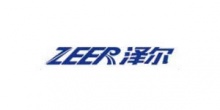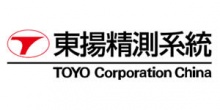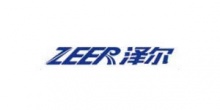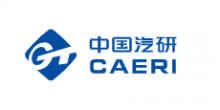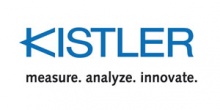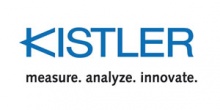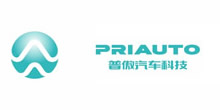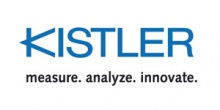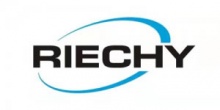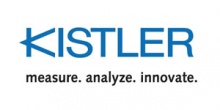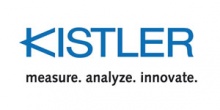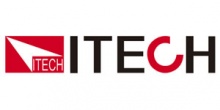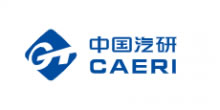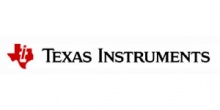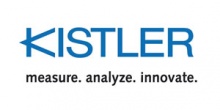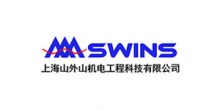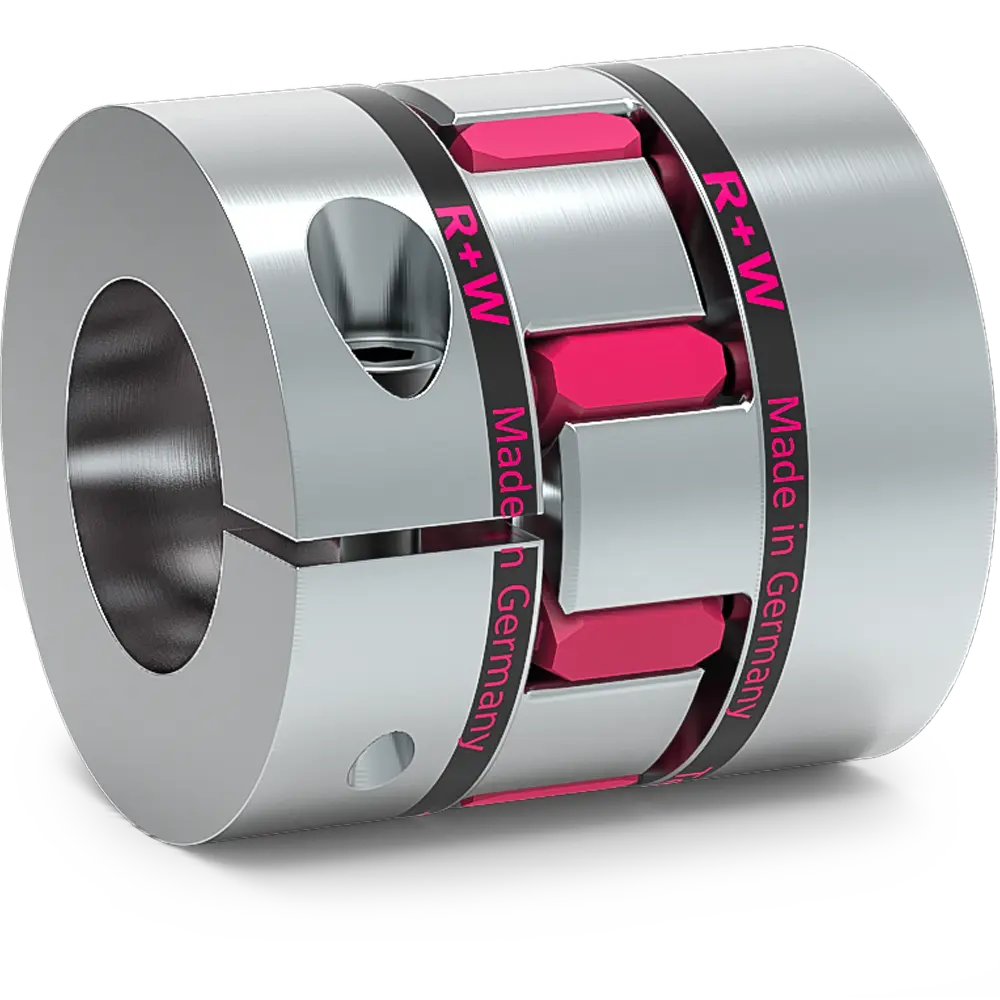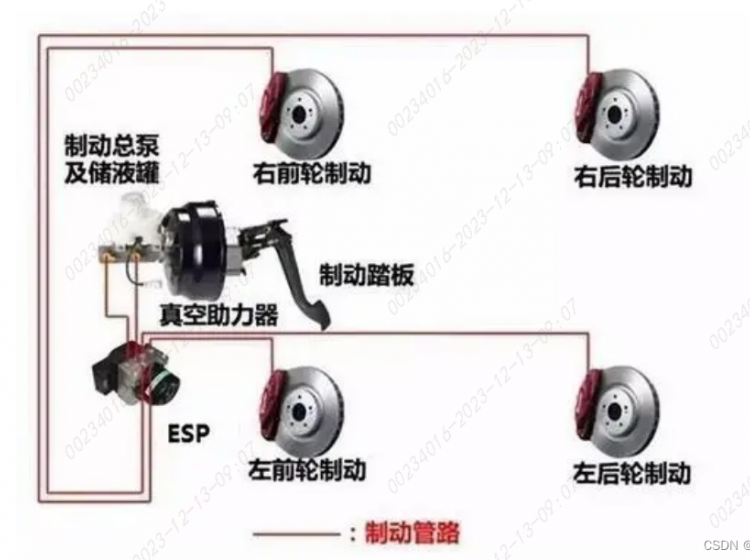(注:本文是译文,Original author: Nobuyuki Ueki)
ELECTRIC brake control technologies are being steadily developed and applied in stability control systems and brake-by-wire based on the ABS (anti-lock braking systems), and Hitachi, Ltd. has been working to develop electromechanical brake systems, in terms of future brake-by-wire, to the practical application phase.
基于ABS(防抱死制动系统)的电制动控制技术在稳定控制系统和线控制动系统中得到了稳步的发展和应用,日立公司一直致力于发展机电制动系统,从未来的线控制动到实际应用。
Electronically controlled steering was initially limited to speed sensitive power steering systems. Now, SBW (steer-by-wire) will be central to future technologies.
电控转向最初仅限于速度敏感的动力转向系统。现在,SBW(线控转向)将成为未来技术的核心。
Regarding suspension systems, semi-active suspension systems and active suspension systems have already been used in practical applications at the early stage to improve driving stability and ride quality. For the future, we focus on developing vehicle roll control systems and electromagnetic suspension systems to improve vehicle dynamics and driving safety.
对于悬架系统,半主动悬架系统和主动悬架系统已经在早期的实际是得到应用,目的是提高驾驶稳定性和乘坐质量。未来,我们专注于开发车辆车辆滚动控制系统和电磁悬架系统,以改善车辆动力学和驾驶安全性。

Fig. 1—Image of a Co
ncept Vehicle with ITS (intelligent transport system) 智能交通系统概念车
Stability Control Systems
稳定控制系统
Stability control systems have appeared as the next-generation ABS. These are designed to control vehicle dynamics by regulating the brake force on each wheel and are the basis of x-by-wire, in terms of future chassis technologies. Hitachi, Ltd. has been mass-producing vehicle dynamics control units since 2001. It has developed master cylinder pressure sensor less systems, which estimate fluid pressure by controlling vehicle dynamics through vehicle deceleration and wheel speed. This reduces the size and cost of the stability control systems.
稳定控制系统作为下一代ABS已经出现。这些被设计为通过调节每个车轮上的制动力来控制车辆动力学,并且是未来的底盘技术的基础。日立汽车有限公司自2001以来一直大量生产车辆动力学控制单元。它开发了主缸压力无传感器系统,它通过车辆减速和车轮速度控制车辆动力学来估计流体压力。这降低了稳定性控制系统的尺寸和成本。
STEERING SYSTEMS
转向系统
There are two types of power steering systems: electric power steering systems and hydraulic power steering systems. Currently hydraulic power steering systems are widely used, but electric power steering systems are rapidly coming into use, primarily in small passenger vehicles.
动力转向系统有两种:电动助力转向系统和液压助力转向系统。目前,液压助力转向系统被广泛使用,但电动助力转向系统正在迅速投入使用,主要是在小型客车上。
Speed Sensitive Power Steering Systems
速度敏感动力转向系统
Hydraulic power steering systems are capable of electronically adjusting the steering force according to vehicle speed, and are used primarily in luxury vehicles. Hitachi, Ltd.’s SSPS (speed sensitive power steering system) is capable of adjusting steering force by controlling the pressure control valves according to vehicle speed. This requires a relatively simple valve structure and makes possible highly responsive steering because it converts the fluid flow supplied by a pump to a pressure that efficiently operates a cylinder.
液压动力转向系统能够根据车辆速度电子调节转向力,主要用于豪华车辆。日立公司的SSPS(速敏动力转向系统)能够根据车速控制压力控制阀来调节转向力。这需要一个相对简单的阀结构,并且使得高度响应的转向成为可能,因为它将泵提供的流体流量转换成有效地操作气缸的压力。
Electric Power Steering Systems
电动助力转向系统
The pinion assist type electric power steering systems Hitachi, Ltd. is currently mass-producing consist of:
(1) A torque sensor that detects steering force,
(2) An electronic control unit that calculates signals from the torque sensor and supplies the necessary energy to the motor,
(3) A motor that conveys an assist force to a pinion shaft through a reduction gear mechanism, and
(4) A rack and pinion type steering gear.
The electronic control unit controls speed sensitive power steering systems by processing signals indicating the vehicle speed and the rotation of the engine. In addition, the torque limiter is positioned between the plastic gear in the reduction gear mechanism and the pinion shaft, and this protects the plastic gear from road surface pressure.
小齿轮助力型电动助力转向系统日立目前正在批量生产,包括:
(1)检测转向力的扭矩传感器;
(2)电子控制单元,其计算来自扭矩传感器的信号并向电机提供必要的能量;
(3)通过减速齿轮机构向小齿轮轴传递辅助力的电机;
(4)齿轮齿条式转向器。
电子控制单元通过处理指示车辆速度和发动机旋转的信号来控制速度敏感的动力转向系统。此外,扭矩限制器设置在减速齿轮机构中的塑料齿轮和小齿轮轴之间,并且保护塑料齿轮不受路面压力的影响。
Steer-by-wire
线控转向
SBW is a steering system for even greater safety and comfort than the existing systems described above. It allows the tires to move freely and it controls the speed in accordance with the steering because the steering system and the actuator that operates the tires are separate. The aim of this system is to improve safety and comfort in vehicle dynamics by reducing the number of steering corrections and by simplifying the steering system communication structure.
SBW是一种比现有系统更大的安全性和舒适性的转向系统。它允许轮胎自由移动,并根据转向控制速度,因为转向系统和操纵轮胎的致动器是分开的。该系统的目的是通过减少转向校正的数量和简化转向系统的通信结构来提高车辆动力学的安全性和舒适性。
Semi-active Suspension Systems
半主动悬架系统
The controller detects vehicle vibration based on the information from the vertical acceleration sensor installed in the vehicle, calculates the optimal damping force to prevent vibration, and controls the adjustable shock absorber systems to achieve better ride quality. In addition, the controller judges vehicle cornering based on information about wheel angle and driving speed, and controls the damping force to achieve better driving stability.
控制器基于安装在车辆中的垂直加速度传感器的信息来检测车辆振动,计算最优阻尼力以防止振动,并控制调节器以实现更好的乘坐质量。此外,控制器根据车轮角度和行驶速度的信息判断车辆转弯,并控制阻尼力以获得更好的行驶稳定性。
Active Suspension Systems
主动悬架系统
In contrast to semi-active suspension systems that do not require particular energy from outside, active suspension systems help reduce vehicle vibration and improve vehicle cornering as the suspension system is actively stretched by the high hydraulic pressure produced by the hydraulic pump in the engine drive. This also allows a vehicle to maintain its roll angle, as the vehicle tilts while cornering, at almost zero in 5 m/s2 of lateral acceleration equivalent to a sudden lane change on highways. This feature enables active suspension systems to perform far better than semi-active suspension systems designed only to control the damping force.
与不需要来自外部的特定能量的半主动悬架系统相比,主动悬架系统有助于减少车辆振动并改善车辆转向,因为悬架系统通过液压泵产生的高液压而被主动拉伸。发动机驱动。这也允许车辆保持其侧倾角,因为车辆在转弯时倾斜,在5米/s2的横向加速度中几乎等于零,相当于高速公路上突然的车道变换。这一特点使得主动悬架系统比仅用于控制阻尼力的半主动悬架系统的性能要好得多。
Electromagnetic Suspension Systems
电磁悬架系统
Hitachi, Ltd. is currently working to develop electromagnetic suspension systems using electromagnetics that became available as motor and inverter control technologies developed. Electromagnetic suspension systems are highly responsive and are expected to offer control at higher frequencies that are beyond the control of existing suspension systems. The systems currently in development use a linear motor without a reduction gear mechanism. This makes it easy to absorb the impact from road surfaces, and this improves ride quality.
日立公司目前正致力于开发电磁悬架系统,利用电磁技术开发电磁悬架系统,此系统具有高度的响应性,并期望在高于现有悬架系统控制的频率下提供控制。目前正在开发的系统使用没有减速齿轮机构的直线电机。这使得容易吸收道路表面的冲击,提高了乘坐质量。

 Fig. 1—Image of a Concept Vehicle with ITS (intelligent transport system) 智能交通系统概念车
Fig. 1—Image of a Concept Vehicle with ITS (intelligent transport system) 智能交通系统概念车




 广告
广告


